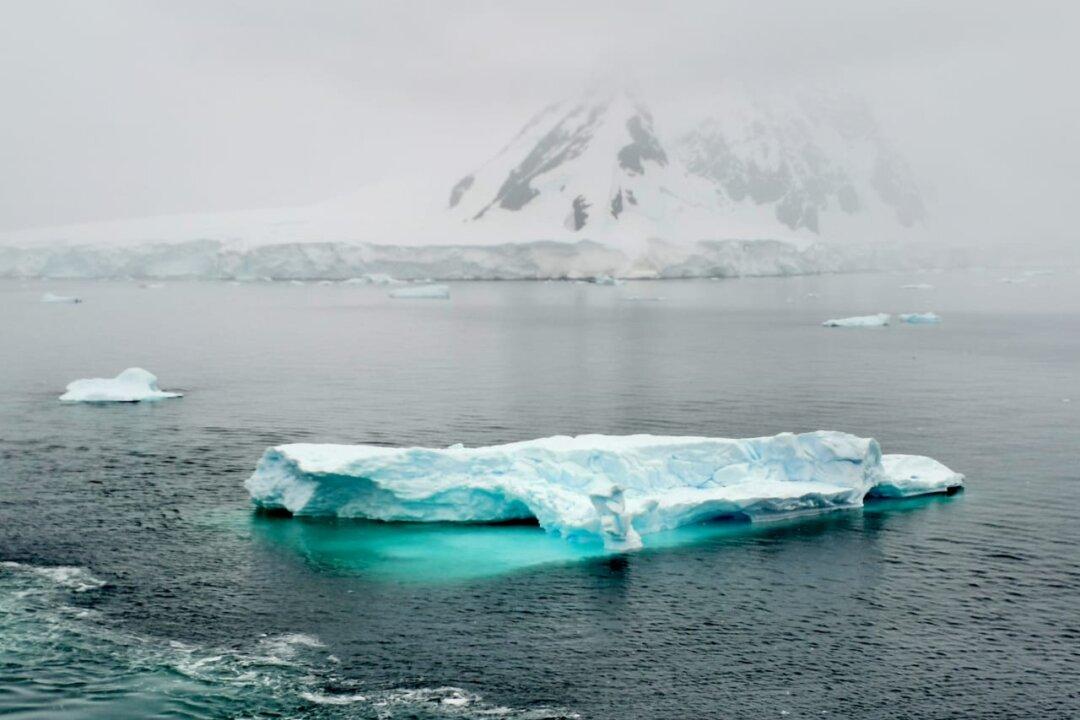Ready-to-drink melted glacier water that’s nearly 1 million years old? Thanks to new research and persistent interest, multiple projects are currently looking to tow icebergs from Antarctica as a pressure release valve for increasingly arid regions.
It’s an idea that has seen as much enthusiasm as false starts. However, the allure of transporting ice from the frozen southern continent has consistently piqued the interest of researchers and high-level officials in many countries, including the United States.





